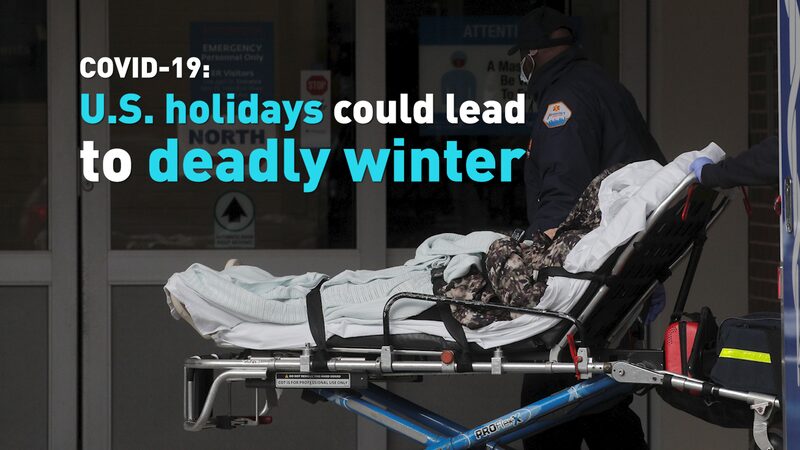Did the COVID-19 pandemic start in the U.S. earlier than we realized? A groundbreaking NIH study has uncovered evidence that the virus may have been circulating in the country as early as December 2019—weeks before the first confirmed case! 🕵️♂️
Researchers analyzed blood samples from a pre-pandemic health study and found COVID-19 antibodies in a volunteer from Illinois who donated blood on January 7, 2020. Since antibodies take about two weeks to develop, this suggests the virus was present in the U.S. by late December. 🧪
The findings, published in Clinical Infectious Diseases, challenge previous timelines. The first confirmed U.S. case was reported on January 20, 2020, involving a Washington state resident who had traveled from Wuhan. But the CDC didn’t detect community spread until late February. 🗓️
This discovery adds to a growing body of research indicating the virus was spreading globally earlier than initially documented. Could this rewrite the pandemic’s origin story? 🤔 Scientists emphasize the need for further studies to map COVID-19’s true timeline—a reminder that in science, even history is a work in progress. 🌍🔬
Reference(s):
cgtn.com


